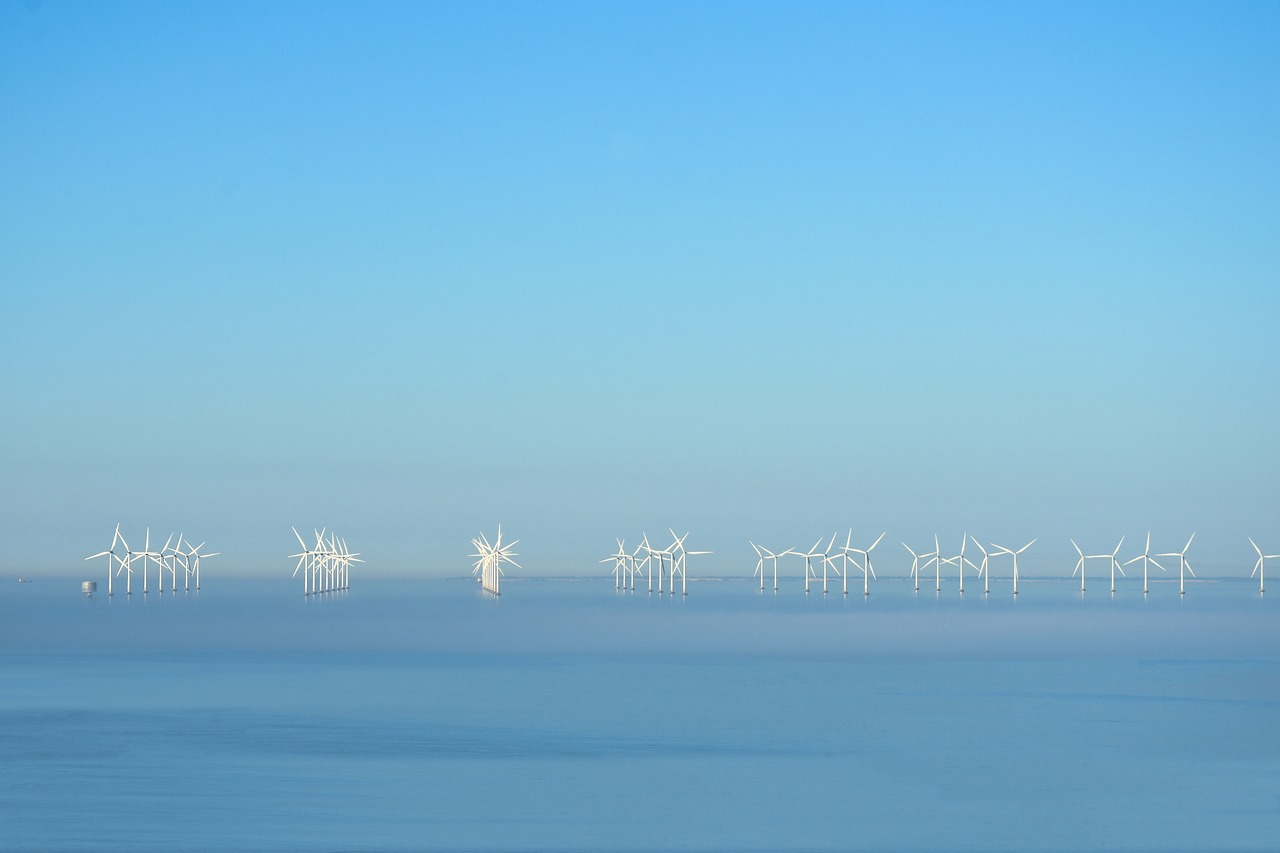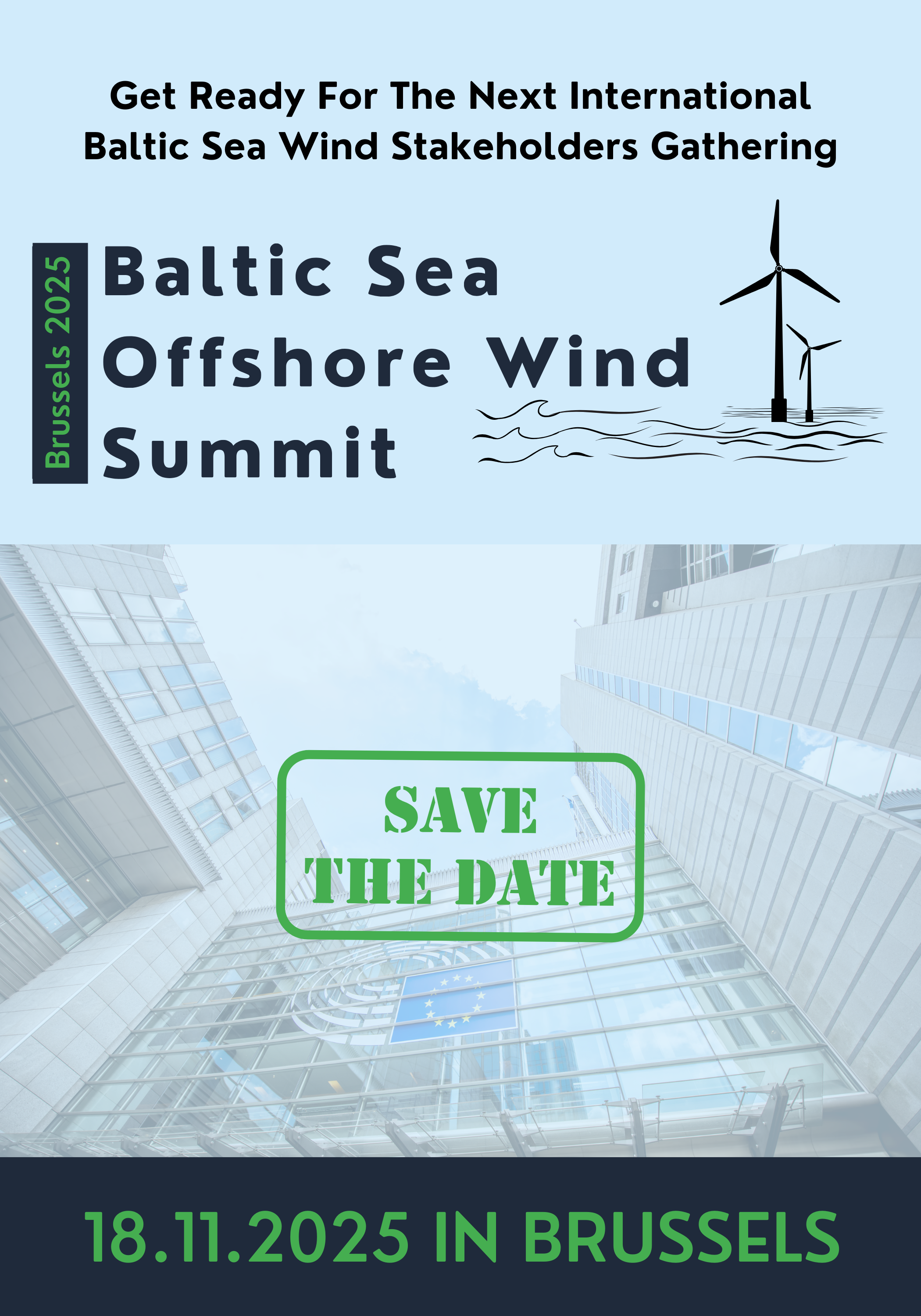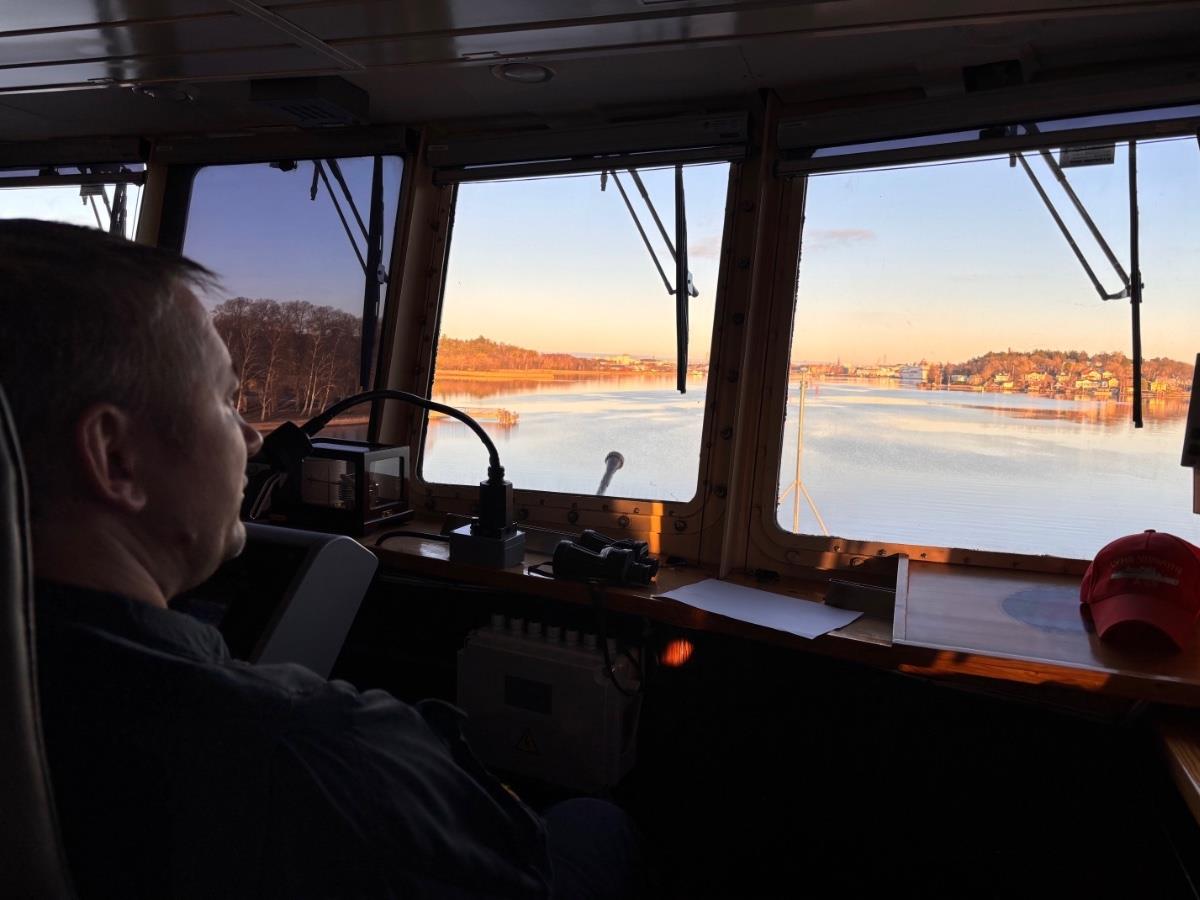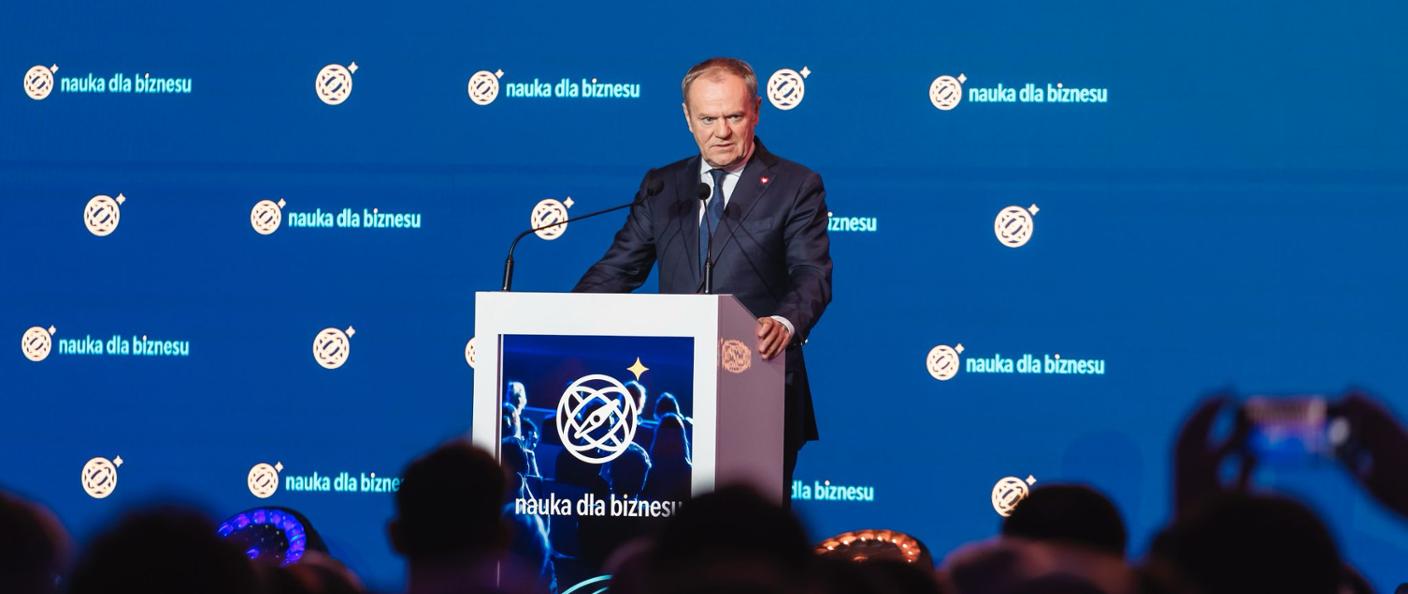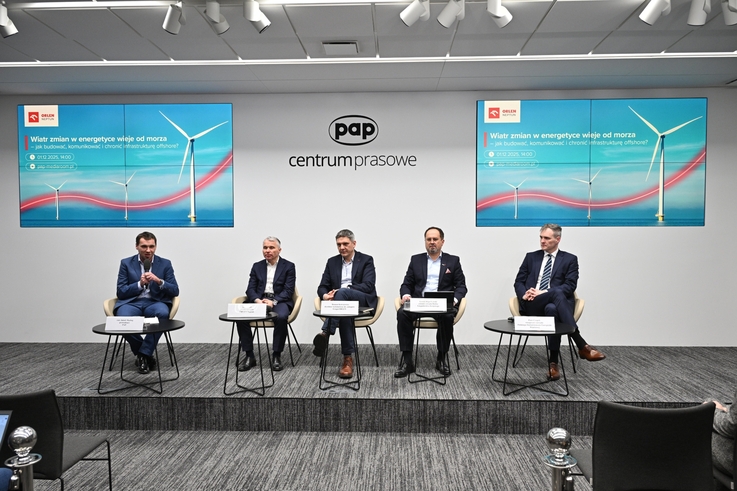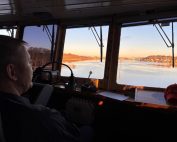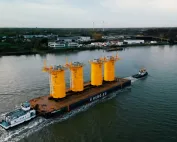The tender for offshore wind turbines should be complemented by both an electrification plan and a strengthened electricity transmission network, says Green Power Denmark.
The changing market conditions between 2022 and 2024 and a series of 16 tender conditions analysed have worsened the business case, increasing costs and risks.
That’s what the Boston Consulting Group concludes in an analysis conducted for the Danish Energy Agency as part of the government’s follow-up on the 6 GW offshore wind tender in 2024. No company bid for the first three of the six offshore wind farms.
Camilla Holbech, VP Renewable Energy, PtX and International Collaboration, points out that with the Boston Consulting Group report there is now a more detailed shared understanding of why the offshore wind tender failed in December 2024.
Camilla Holbech points out that the report’s conclusions are very close to Green Power Denmark’s own assessment. This is a good basis before the government decides to re-tender offshore wind turbines.
Electrification Plan needed
Green Power Denmark says that the fundamental challenge is that the Danish electrification of industry, heating – indirectly through Power-to-X is progressing too slowly.
Camilla Holbech emphasises that the re-tendering of offshore wind turbines should be followed by a plan to electrify and strengthen the electricity transmission network. She points out that the Boston Consulting Group report shows that there are many reasons for the lack of tenders for offshore wind turbines. The conclusion must therefore be that the tender conditions must be different next time.
She points out that the government has announced that it is considering introducing some form of state aid or risk sharing, but there is also a need for flexible timetables and a different level of penalties in case of delays in schedules.
The Boston Consulting Group report mentions that there is uncertainty about both demand for Danish energy and export opportunities. The upcoming political agreement to re-tender 2-3 GW of supported offshore wind turbines should therefore not stand alone.
The Danish Energy Agency should prepare new tendering models in the immediate aftermath of the re-tendering to continuously test the market appetite for offshore wind turbine investments. This will reduce the vulnerability to unfortunate timing and stop-go effects, which create uncertainty for both producers and buyers, as assessed by Camilla Holbech.
Continued demand for more onshore renewables
Green Power Denmark recommends that Energinet prepares the grid connection for more offshore wind farms in the second half of 2030. The commissioning date for the turbines should be 2032, but with the possibility of postponing it to 2034. This flexibility will pave the way for rapid construction of the projects, while pricing the wind turbines and available installation vessels within a reasonable timeframe.
This will help bring the price down, expects Camilla Holbech and points out that it is still important for the government and the Danish parliament to focus on the expansion of onshore renewable energy. She assesses that onshore renewable energy is necessary in the short term to provide sufficient green electricity. Onshore projects can come online in the second half of the 2020s and contribute to Denmark’s self-sufficiency in green electricity in this decade, according to the targets.
Source: Green Power Denmark
